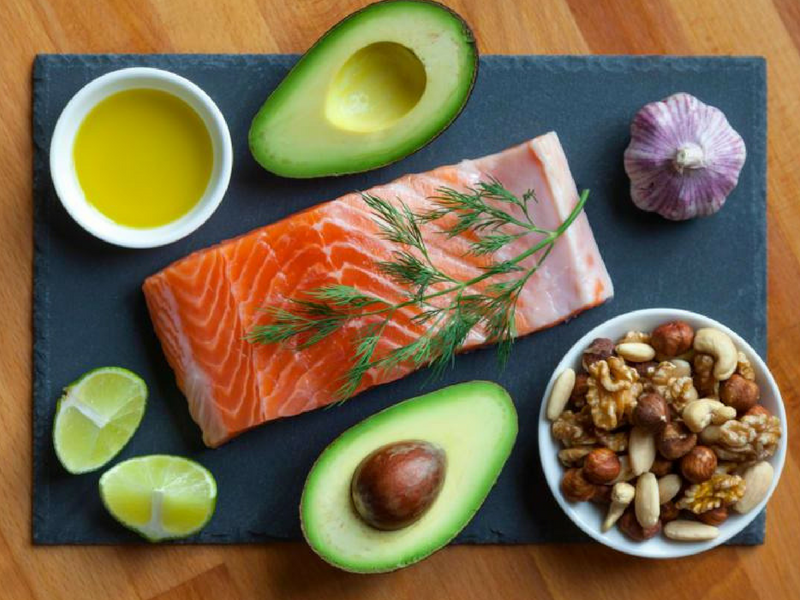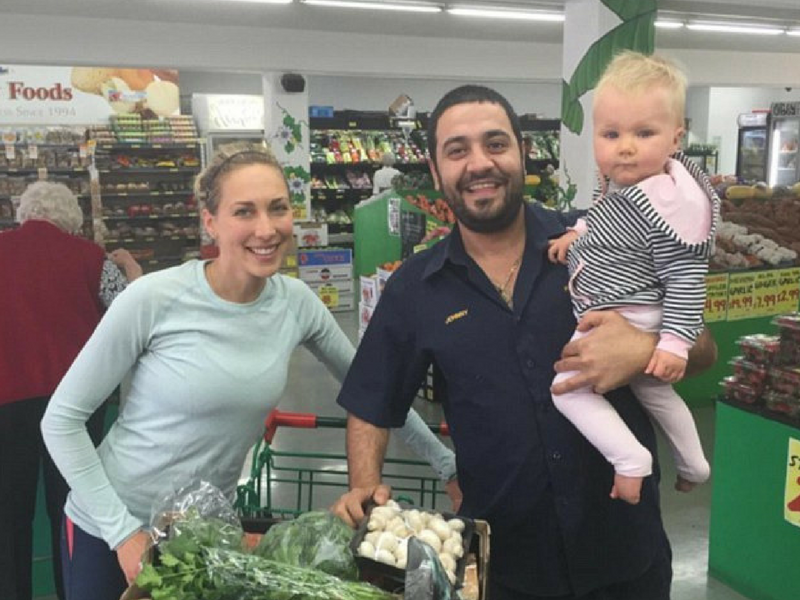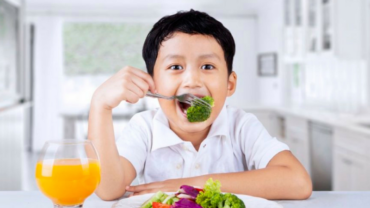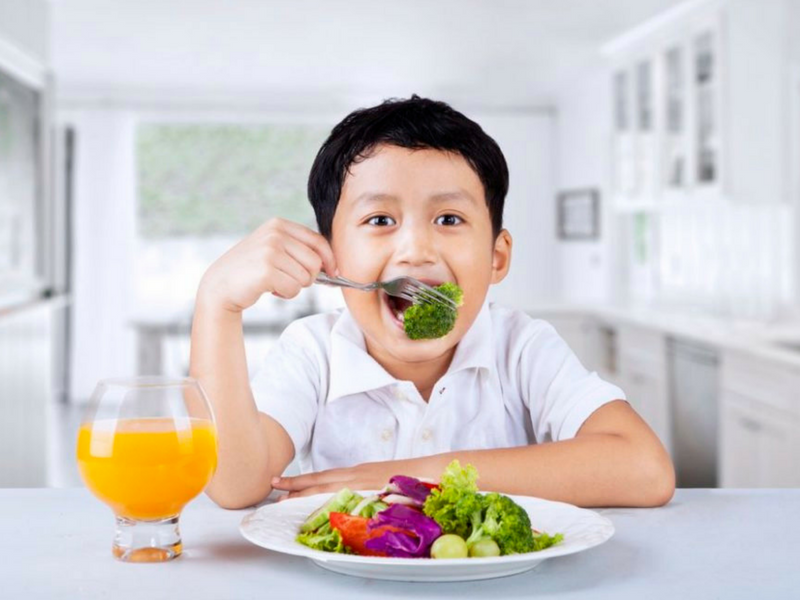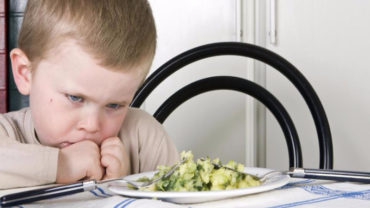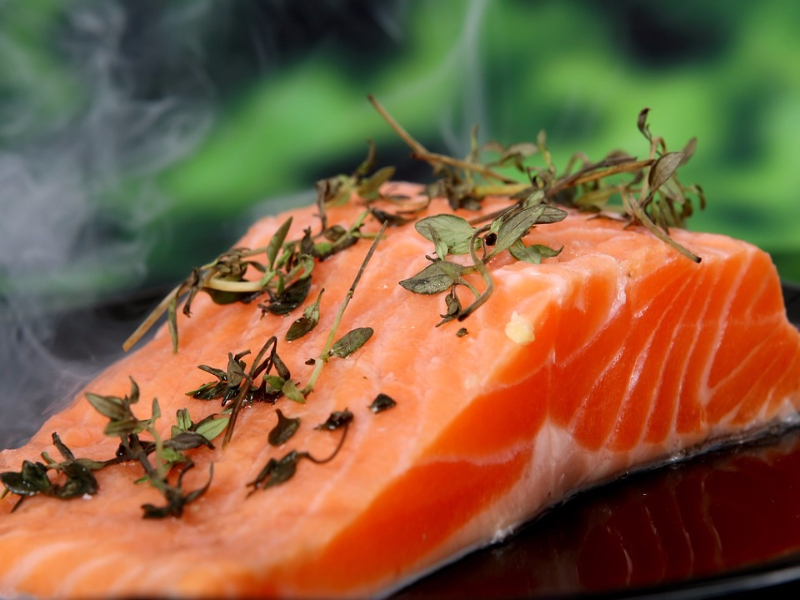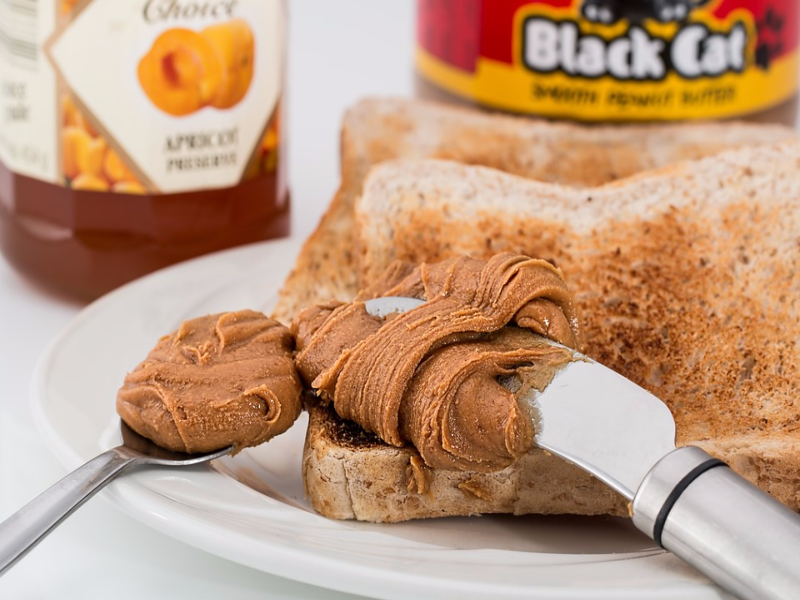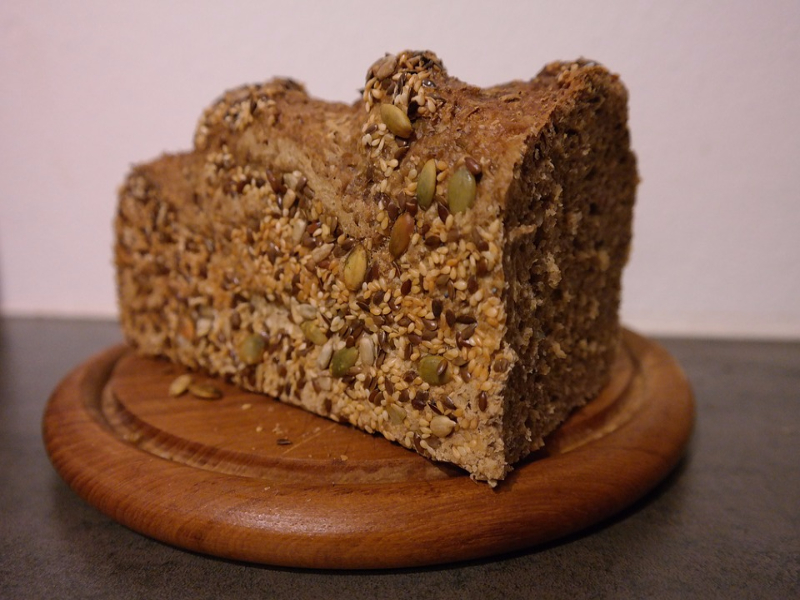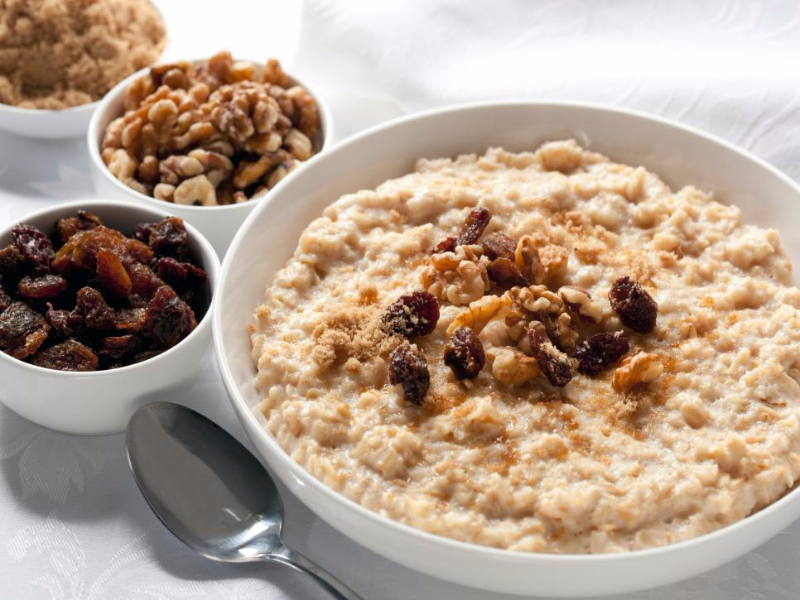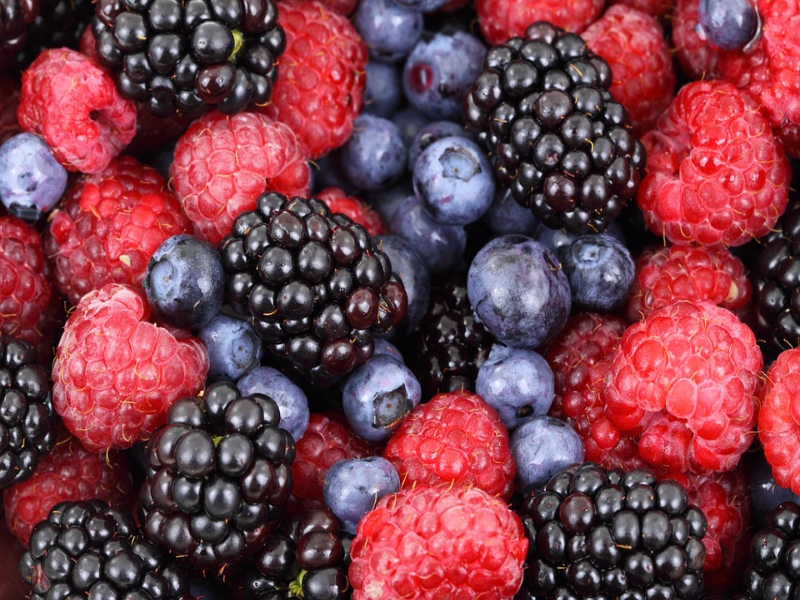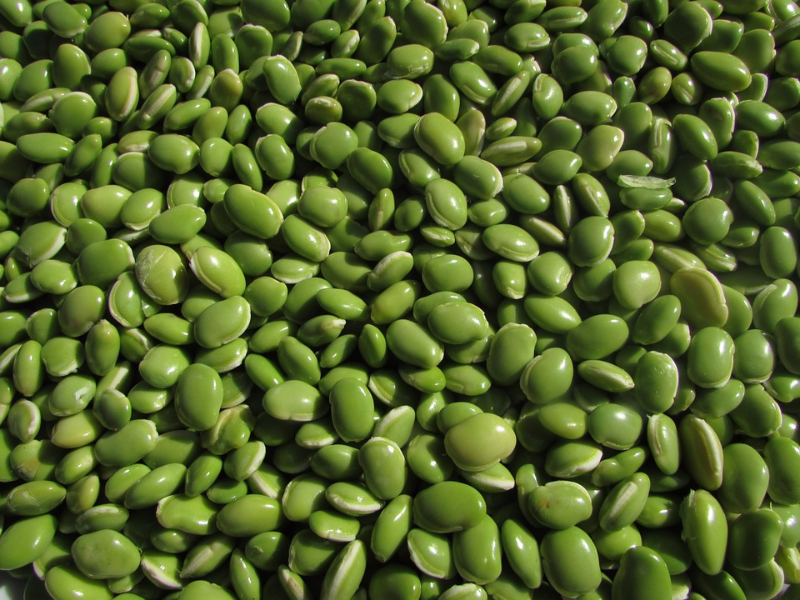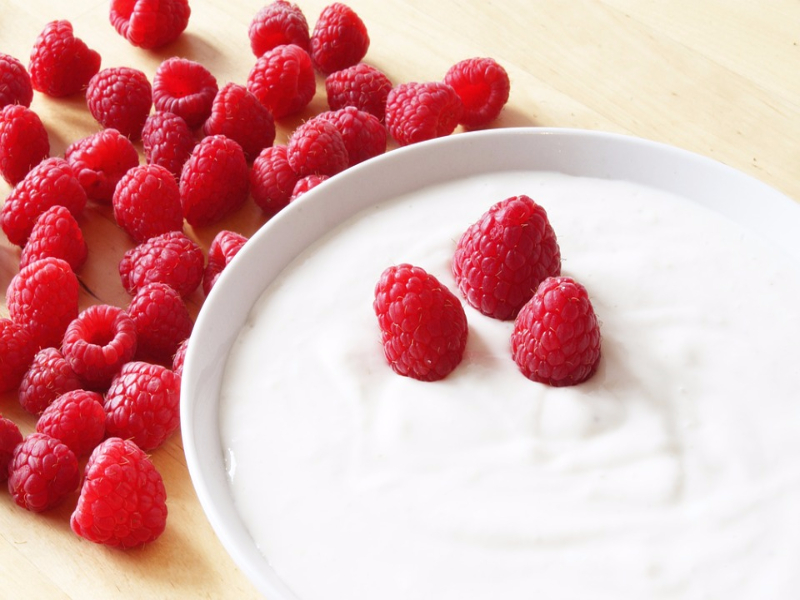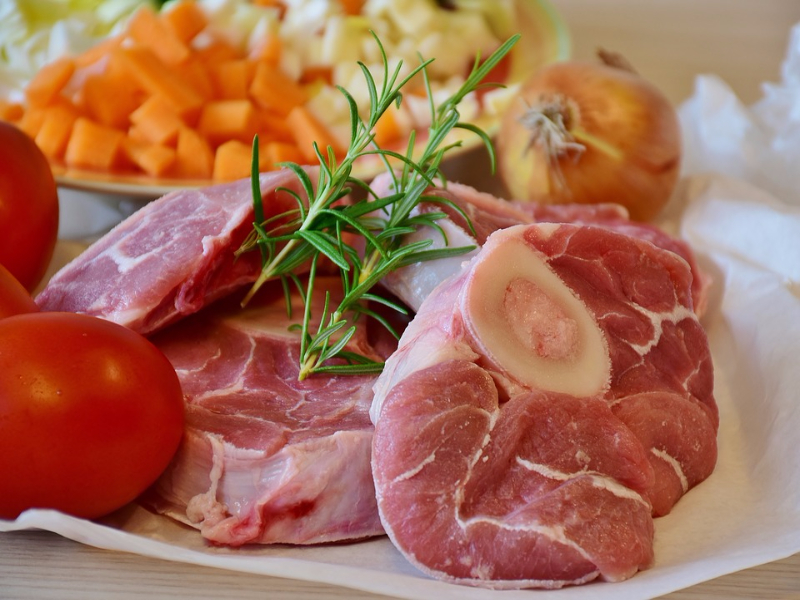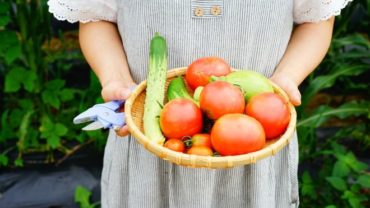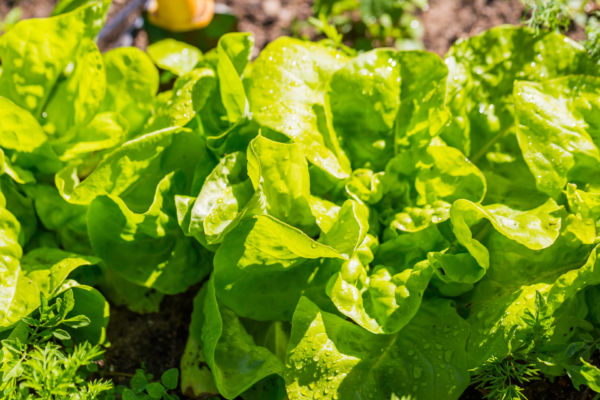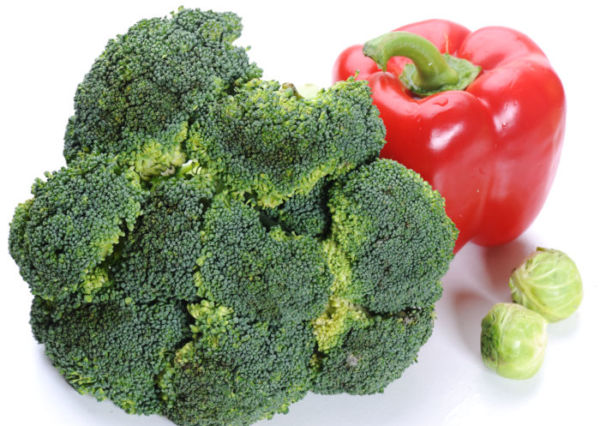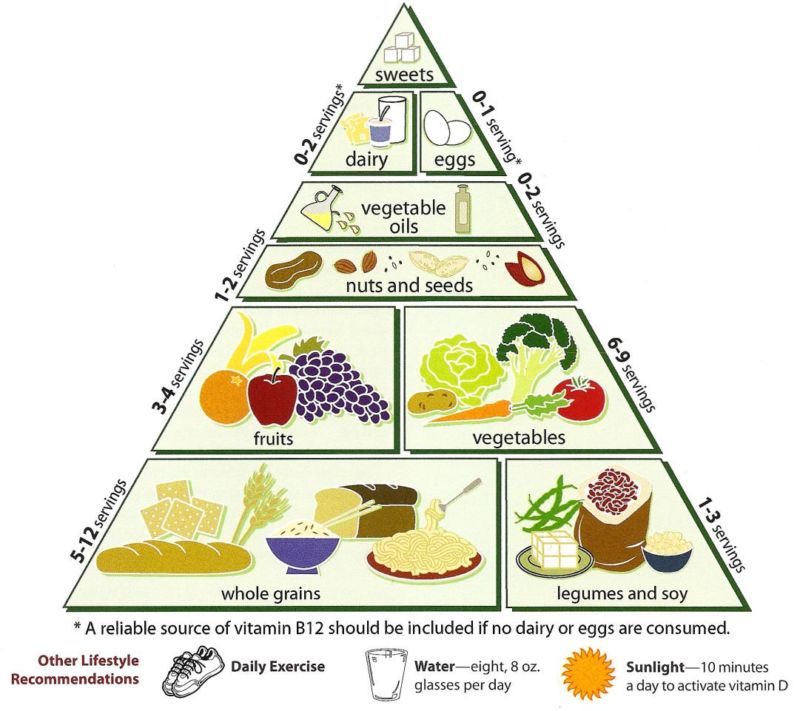Via Health Coach Code: THIS Is How A Kid Who Has Never Eaten A Gram Of Sugar In Her Life Looks Like Today…
Grace Cooper is 2 and a half years old right now and she has never eaten a gram of processed sugar in her life!
Shan, Grace’s mom, said publicly that when her daughter is old enough to understand what she likes and doesn’t like, she is not going to force her to stay on strict diet. She just wants to create a solid foundation for her baby’s future health.
“If she eats a piece of bread I’m not going to have a conniption,” Shan told the Daily Mail when the girl was only 13 months old. “She’s going to go to kids’ parties and eat what’s there. I’m never going to go to Grace, ‘You can’t eat anything at this party, but I packed you some kale, here you go.’”
Ms Cooper had long struggled with food allergies and had already worked to redesign her diet around them, cutting out dairy, gluten and then finally processed foods.
And when her little girl was born, it was natural to carry that fruit-and-veg loaded diet onto her child.
The diet cuts out grains and dairy entirely, along with sugar and anything processed.
This nutrient-heavy diet is responsible for Grace’s strong immune system, Cooper insists.
She found that this diet has major benefits for her child!
Grace plays with many children who have runny noses and coughs that easily spread germs. But unlike those children, Grace doesn’t come down with these ailments.
Only once has Grace come down with a cold, a pretty incredible feat for such a young child.
Ms Cooper says she believes kids are intuitive eaters but that adults begin to eat emotionally. She is hoping to teach her children to know what foods make her feel good.
Grace is 2 and a half years old now. She is healthy and beaming with light and energy, as you can see on the image below. She is more vital than most kids!
Ms Cooper says that soon: “She’ll be old enough to know she can choose whatever she wants to eat.
She’ll probably come home jacked up on sugar and cake and say, ‘mum I don’t feel very well’
And next time instead of eating 12 cupcakes she might only eat three.
Females particularly have enough problems with eating disorders… I want Grace to eat what makes her feel good.”
In fact, that’s the reason why Ms Cooper taught her child to eat this way. She wants to show her the right way, what makes her have more energy and feel good, and when Grace is all grown up she can choose for herself.
A lot of adults never show their kids a better way. And when they grow up they don’t know any better.
It’s not about being all strict and never eating anything “unhealthy” or processed. It’s about having a reference of what types of food give you more energy and make you feel better, lighter and healthier.
“That’s the reason I eat this way. I don’t think eating a piece of bread is going to kill me.” Ms Cooper says.
“When I go out with dinner with friends.. .I’m just going to eat what’s on the menu. I’m not going to be a jerk about it.
She’ll also learn what makes her feel good and what doesn’t.”
Respected dietitian Dr Rosemary Stanton said she would “definitely a sound of caution” to other mothers considering following Ms Cooper down her path.
Dr Stanton said she hoped Ms Cooper “knows an awful lot about nutrition” and was concerned about the lack of grains and legumes in the diet.
But she said “helps a lot” that Ms Cooper is breastfeeding her child. That makes up for a lack of dairy and Ms Cooper said she may introduce it down the line.
Cooper doesn’t understand how someone could criticize her daughter’s diet. She focuses on giving her daughter “real” food instead of processed food that is mainly empty calories. She says that people criticize her for giving her child a plate of vegetables, but no one criticizes a parent who gives their child a plate full of bread. To her, it makes no sense.
But she has no intent to judge any parent. Her philosophy is not about limiting people, but showing them a better way and letting them have all the freedom in the world to choose for themselves what’s best for their kids.
It doesn’t have to be a drastic change. Just reduce processed sugars and introduce more natural foods in your children’s diet.




